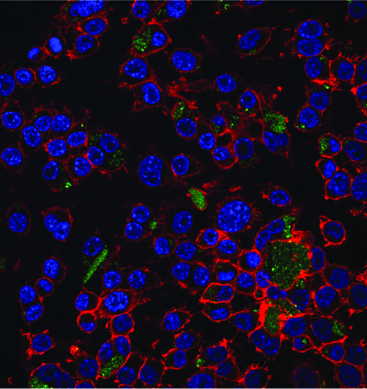Surveys indicate that many of us make New Year’s resolutions to eat more healthily or exercise more frequently, yet do not sustain the enthusiasm of January throughout the year.
What if the burst of energy and good intentions could be maintained over a longer period, perhaps with the help of a coach? What kinds of health benefits would appear?
Researchers from Emory and Georgia Tech recently published an analysis of the changes in the health profiles in 382 Center for Health Discovery & Well Being participants who completed a one-year evaluation.
The senior author is Greg Gibson, PhD, professor of biology and director of the Center for Integrative Genomics at Georgia Tech. Georgia Tech postdoctoral fellow Rubina Tabassum, now at the University of Helsinki, is the first author.
“What do most people in developed countries need to do? Eat better, exercise more regularly and stress less,†Gibson says. “It’s unclear whether most of the impact comes from the interaction with partners, or simply from participation and goal-setting, but the overall effect is quite good.â€
The main points:
*These are “essentially healthy†people — healthier than the general population in the United States – but almost half started out with high blood pressure and cholesterol levels. There was no control group, and not everyone pursued the same exact program. The average age was 48 years and 28 percent of the group was considered obese. That’s less than the United States population as a whole.
*On average, the 382 participants lost a moderate amount of weight (it works out to about three pounds) and saw their blood pressure and LDL-cholesterol go down significantly over that first year (121 to 116 mmHG for systolic BP, 112 to 105 mg/dL for LDL-C). They also reported lower scores for depression and anxiety.











